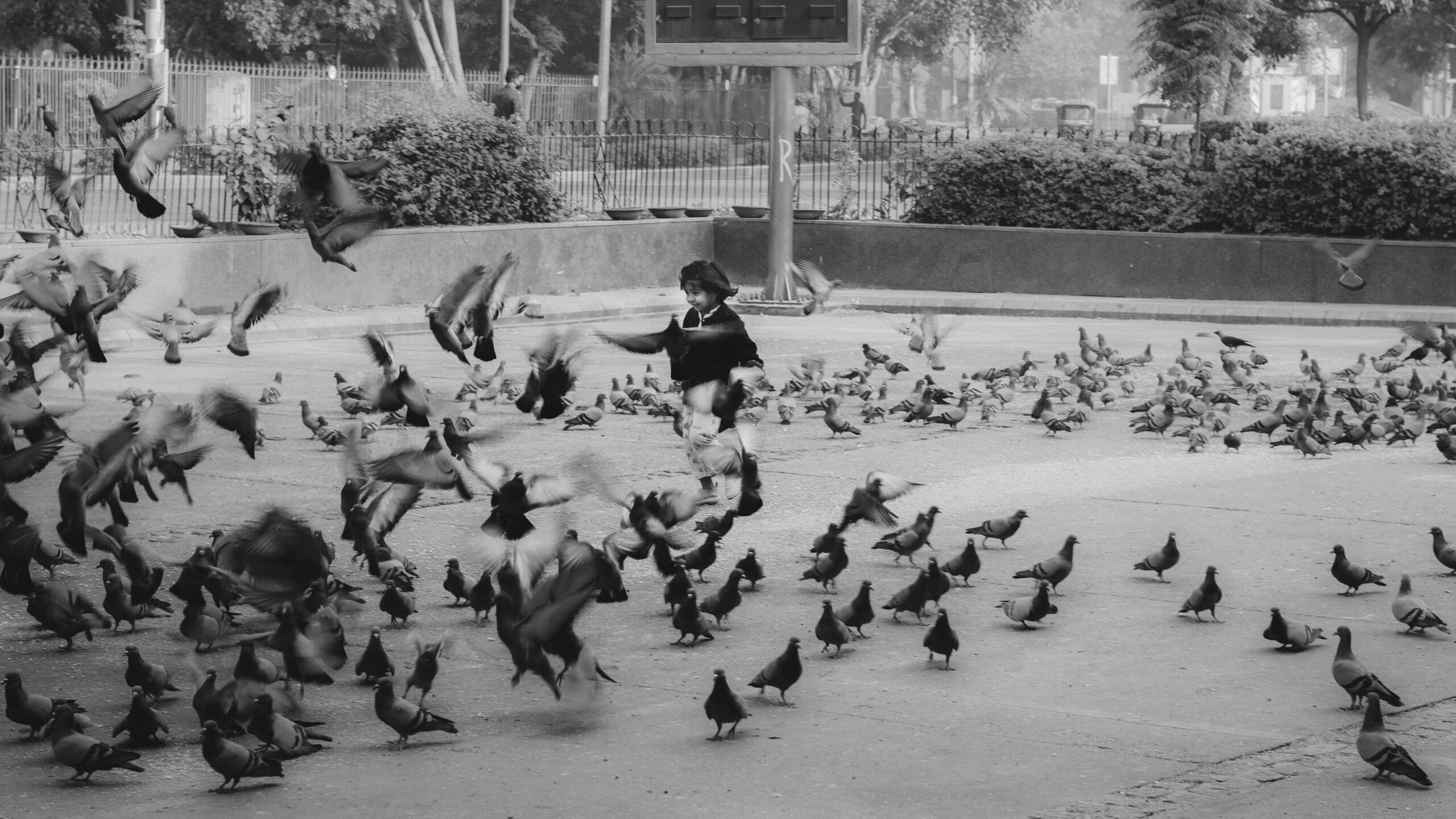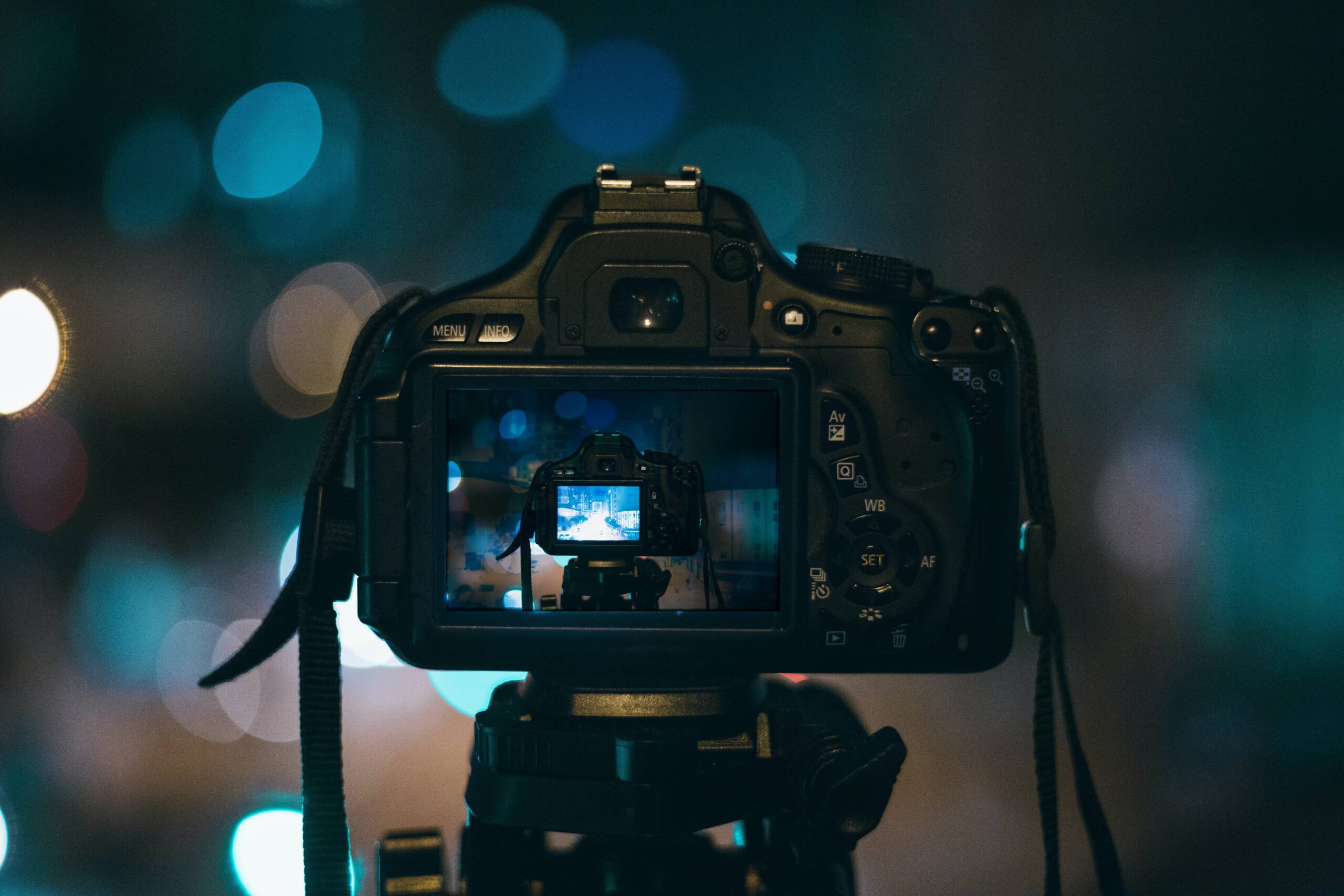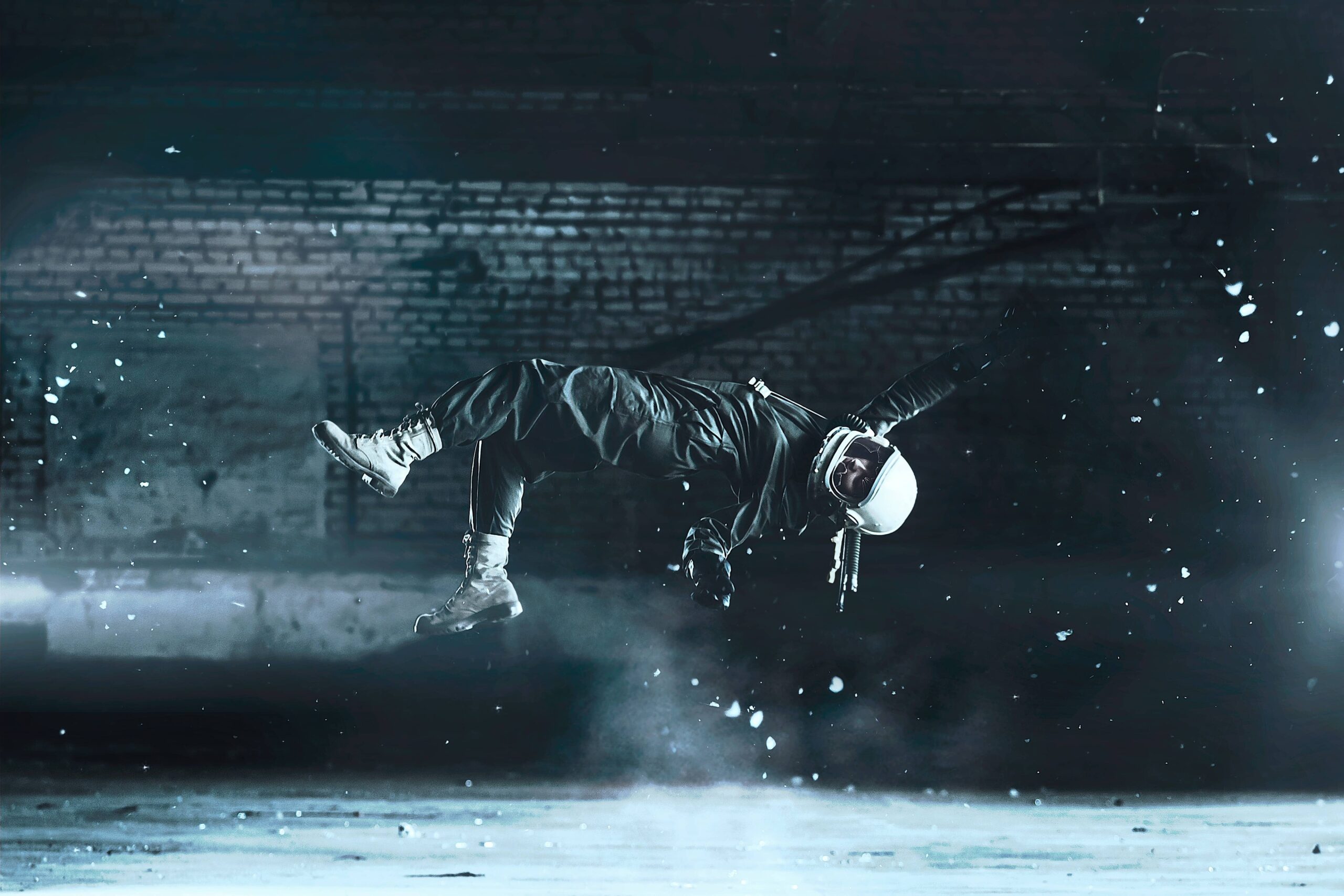Have you ever looked at a photo of an incredible and inspiring destination, imagining yourself taking that amazing shot? Maybe it’s time to make that dream into a reality.
By learning the art and technique of perspective photography, almost any place in the world can be seen and experienced through your lens. With the right knowledge, even ordinary places become extra-ordinary photos that capture the magical beauty of your surroundings.
Our individual viewpoints on the world around us can be captured and shared through the medium of photography. In order to alter the viewer’s perception of depth and dimension in a photograph, perspective photography is a specific genre of photography. By playing with the viewer’s perception of scale and position, this type of photography offers a fresh and frequently dynamic perspective on the world.
Foreground, Middle-ground, and Background
The utilization of foreground, middle-ground, and background is one of the key ideas of perspective photography. These three components combine to give the image a sense of depth and dimension. The background is the object that is farthest from the viewer, while the foreground is the opposite. The middle ground serves as the dividing line and aids in bridging the foreground and background. The photographer can evoke a sense of depth and dimension that draws the viewer into the image by including these three aspects in the shot and placing them in relation to one another properly.
The Use of Lines and Shapes
Another essential idea in perspective photography is the utilization of lines and shapes. The perception of depth and dimension in a photograph can be significantly influenced by the placement of lines and forms. To give a photograph a sense of depth and movement, leading lines can be employed to direct the viewer’s attention through it, such as roads, fences, or rivers. Similarly, the usage of geometric shapes can affect how depth and dimension are perceived. For instance, employing a triangle to direct the viewer’s attention from the foreground to the background can give the picture a sense of depth and movement.
The Role of Light
The perception of depth and dimension in a photograph can also be significantly influenced by the usage of light. By casting shadows and shines on various areas in the image, hard light and shadows can give the impression of depth. Similar to how front lighting separates the subject from the background, backlighting can give the impression of depth. However, using flat lighting can flatten the image and take away any sense of depth or dimension.
The Use of Angle
The perception of depth and dimension in a photo can also be significantly influenced by the angle at which it was taken. A photograph shot at a high angle can emphasize the foreground and convey a feeling of depth by highlighting the foreground whereas a photograph taken at a low angle can do so by conveying a sense of height. Similar to how a photograph taken at a minor angle might emphasize the subject’s three-dimensionality to provide the impression of depth. This method, known as a Dutch Angle, can be utilized to give the image a feeling of movement and vitality. Additionally, by including more of the foreground and background in the image, the use of a wide-angle lens can add a sense of depth.
The Use of Zoom
The perception of depth and dimension can have a huge significance through the use of zoom. While photos taken with telephoto lenses, will have a narrower depth of field and compress the foreground and background, giving an illusion of depth, one taken with wide-angle lenses will have a broader depth of field and include more of the foreground and background. Wildlife photographers and portrait photographers frequently employ this method to capture distant objects.
The Use of Reflections
Reflections can also be used to give a photo a fresh perspective. By displaying a mirror image of the subject and background in the same image, reflections give photographs a sense of depth. This method can be used to give a shot at a sense of abstraction and mystery. Water, mirrors, and other shiny surfaces often have reflections. Reflections can be employed in when obtaining an ecological perspective and or geographic perspective photographs, architectural and landscape photography, and they offer a fresh view of the environment.
Conclusion
In summary, perspective photography is a form of art that enables photographers to manipulate the viewer’s perception of scale and position to create a fresh, dynamic perspective on the world. Photographers can produce images that have a sense of depth and dimension, drawing the viewer into the image and resulting in an immersive experience, by comprehending and utilizing the concepts of foreground, middle-ground, and background, lines and shapes, light, angle, zoom, and reflections. Additionally, the application of these strategies can be used to convey various feelings and narratives.



